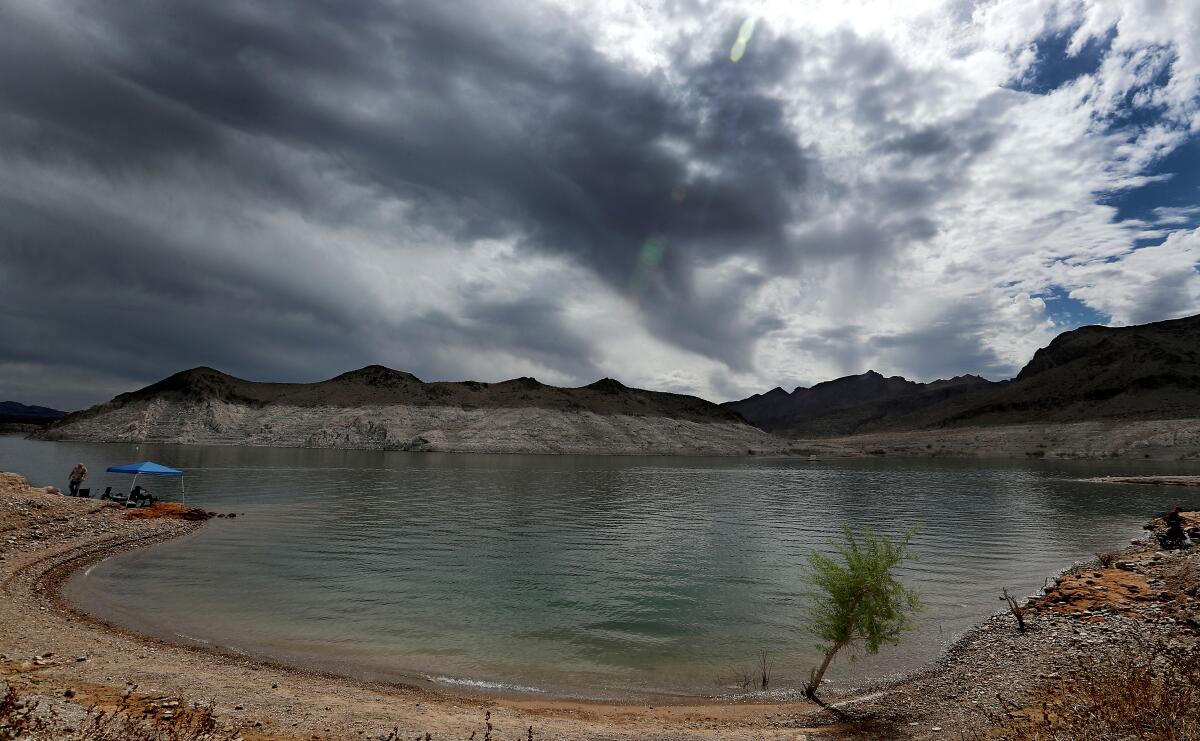Letters to the Editor: The drought will never be over. These are the changes California must make

- Share via
To the editor: Then-Gov. Jerry Brown made a mistake in 2017 when he declared the drought over. The drought wasn’t over then, and it won’t be over even if the rain falls. (“As drought deepens, Californians are saving less water,” March 15)
California and the western United States more broadly are becoming drier. We must change the way we live. Low-flow toilets and faucets and showers aren’t enough.
The state must mandate no front lawns, with landscaping only from an approved list of water-wise plants. (They do this in red-state Arizona, so it’s not illegal and not impossible.) New construction must have gray water systems so water can be recycled for landscape use.
This must be done now, because the water just isn’t there, and we need to use potable water for drinking, food preparation, bathing and washing our clothes.
Daniel Fink, Beverly Hills
..
To the editor: Thank you for your informative piece on California’s water supply. I want to add some information about almonds, because the bad reputation they have as a water-intensive crop is nuts.
According to a 2012 report by the Pacific Institute, 47% of California’s water footprint is associated with meat and dairy products, and only 4% with household use. With 47% of our state’s developed water supply, California produces 1.4% of the world’s dairy and 0.4% of the world’s beef.
In contrast, almonds use 10% of the state’s water supply, but California produces 80% of the world’s almonds, which are our most valuable agricultural export.
Let’s save water and end subsidies for meat and dairy.
Patty Shenker, Woodland Hills
..
To the editor: I was born in Los Angeles in the 1950s, so I am familiar with periodic droughts. I’ve read many articles about our current climate crisis and its attendant water problems.
This is what I have not seen mentioned much in articles on housing and the construction of many high-density apartment buildings all over L.A. County: The new occupants of these units will be using water.
How can it possibly make sense to increase development with a shrinking water supply?
Karla Klarin, Santa Monica






